WHO director-general Tedros Adhanom Ghebreyesus is eager to take care of ‘constructive dialogue’ with the USA.Credit score: Sean Gallup/Getty
The chief board of the World Well being Group (WHO) is assembly this week, simply days after US President Donald Trump made the choice to withdraw the USA from the WHO. This lack of a founding member is, no doubt, a heavy blow; in 2022–23, the USA contributed round one-sixth of the company’s general earnings.
In his keynote speech to the board, WHO director-general Tedros Adhanom Ghebreyesus referred to as for “constructive dialogue to protect and strengthen the historic relationship between WHO and the USA”. Even when Trump ought to change his thoughts, his transfer to withdraw the USA should nonetheless act as a wake-up name for the WHO’s remaining 193 member international locations to step up. The group can not enable itself to turn out to be so reliant on a single donor once more.
Vaccines save lives: how can uptake be elevated?
A part of the problem the WHO faces is that it isn’t simple to succinctly articulate what the company does. It’s the world’s solely international authority for coordinating worldwide public-health work. For low-income international locations, the WHO gives a lifeline to inexpensive medication and vaccines, entry to high quality requirements and assist to extend health-care capability. All international locations profit when the WHO’s actions restrict the unfold of infectious illnesses.
The company’s signature achievement is the eradication of smallpox in 1980. Since then, governments worldwide have given the WHO duty for surveillance and management of infectious-disease outbreaks. It really works with nationwide well being programs to advertise good well being and to set requirements for vaccines and therapeutics. More and more, the company is harnessing science and proof in its decision-making, by way of a (nonetheless comparatively new) workplace of the chief scientist.
Work that the US contribution, which in 2022–23 got here to some US$1.3 billion, has helped to fund contains efforts to comprise infectious-disease outbreaks akin to mpox within the Democratic Republic of the Congo and neighbouring international locations, and Marburg virus illness in Rwanda. The USA has been instrumental within the struggle in opposition to Ebola virus, in addition to in offering humanitarian and emergency-health help in areas affected by battle.
The US contribution has been appreciable. However the funding hole left by its exit may very well be crammed by the WHO’s remaining members — notably the high-income and upper-middle-income nations — and philanthropic foundations. Presumably anticipating a US exit, final November the WHO management secured $3.8 billion in further donor pledges, which can go a way in direction of the extra $7.1 billion wanted to cowl the group till 2028. These pledges have to be transformed into cash within the financial institution immediately. Prior to now, some donors have recommended structural reforms of the WHO’s governance. It’s controversial whether or not, right now of disaster, such reform needs to be the number-one precedence.
Mpox: apply COVID classes to regulate outbreak in Africa
The WHO, like most giant multilateral companies, is complicated. It’s each an expert-led standard-setting physique and a corporation concerned in assuaging struggling on the bottom. But, on the similar time, it’s political: the top of the WHO is elected by the world’s governments by way of a vote on the World Well being Meeting, a form of parliament of well being ministers. Because of this candidates marketing campaign for the put up, as do the six elected administrators of the WHO’s regional workplaces. Each WHO director-general, from the primary, Brock Chisholm, to the incumbent, Tedros, has needed to work inside such a political framework. There’s an argument for separating the company’s political and technical capabilities. Nonetheless, except WHO member states all agree — which is unlikely within the present geopolitical local weather — the present structure is not going to change.
That stated, the world could be very totally different in the present day in contrast with 1948, when the WHO was based. Established regional public-health our bodies such because the Pan American Well being Group have been joined by newer ones, notably the Africa Centres for Illness Management and Prevention, in setting health-care requirements and overseeing their supply. Philanthropic organizations additionally provide a supply of funding. These helpful developments are serving to to share the load beforehand carried primarily by nationwide governments and the WHO.
Ailments, particularly infectious illnesses, don’t respect borders. That is without doubt one of the explanation why the WHO was established as a worldwide physique, and it ought to have meant international duty for its funding. Because the world’s largest economic system, it’s comprehensible that the USA turned the WHO’s largest donor, and we hope it’s going to quickly rejoin the company. But when international locations genuinely need and worth a corporation that champions well being for all, they need to all step as much as pay for it.


